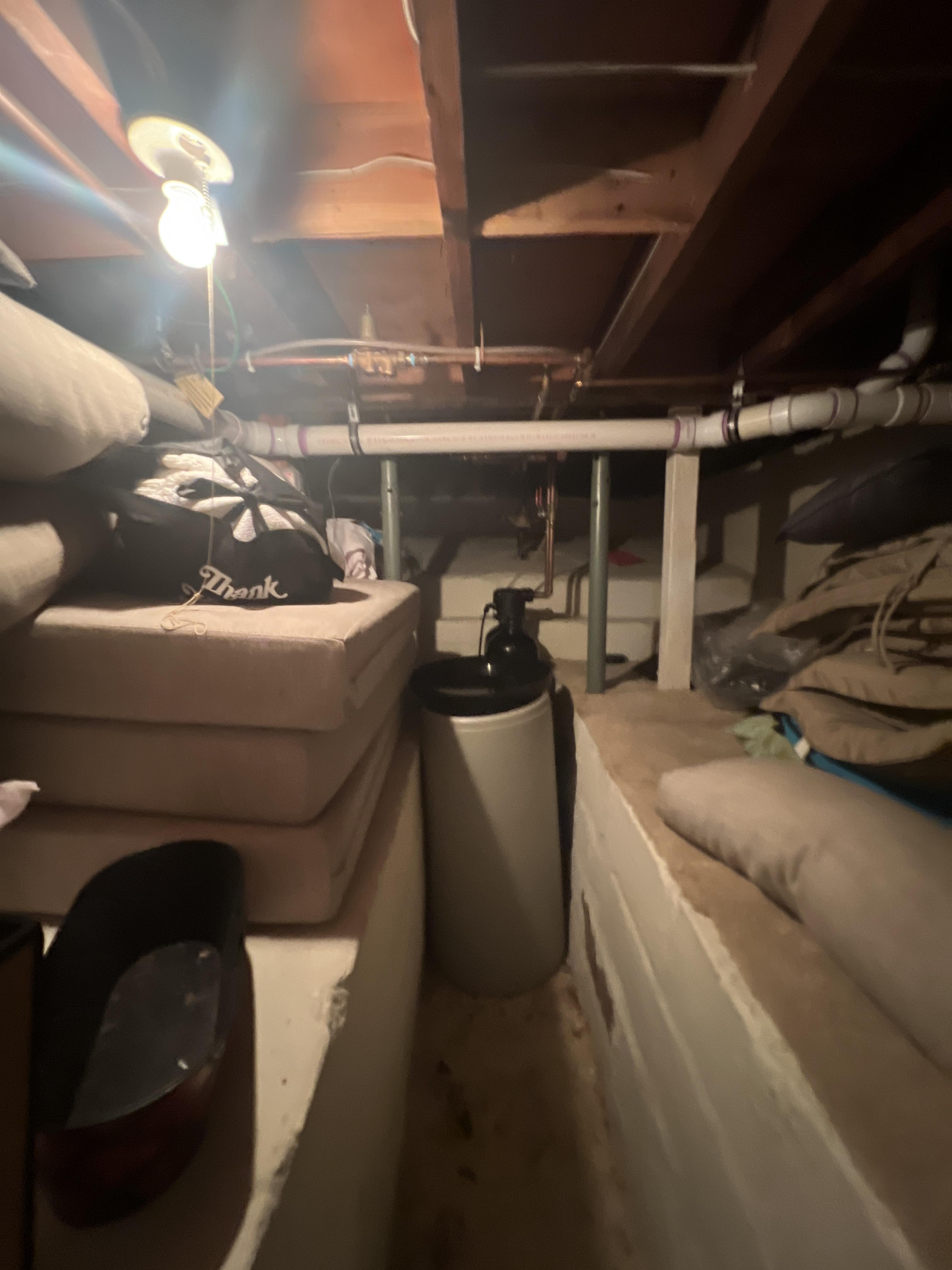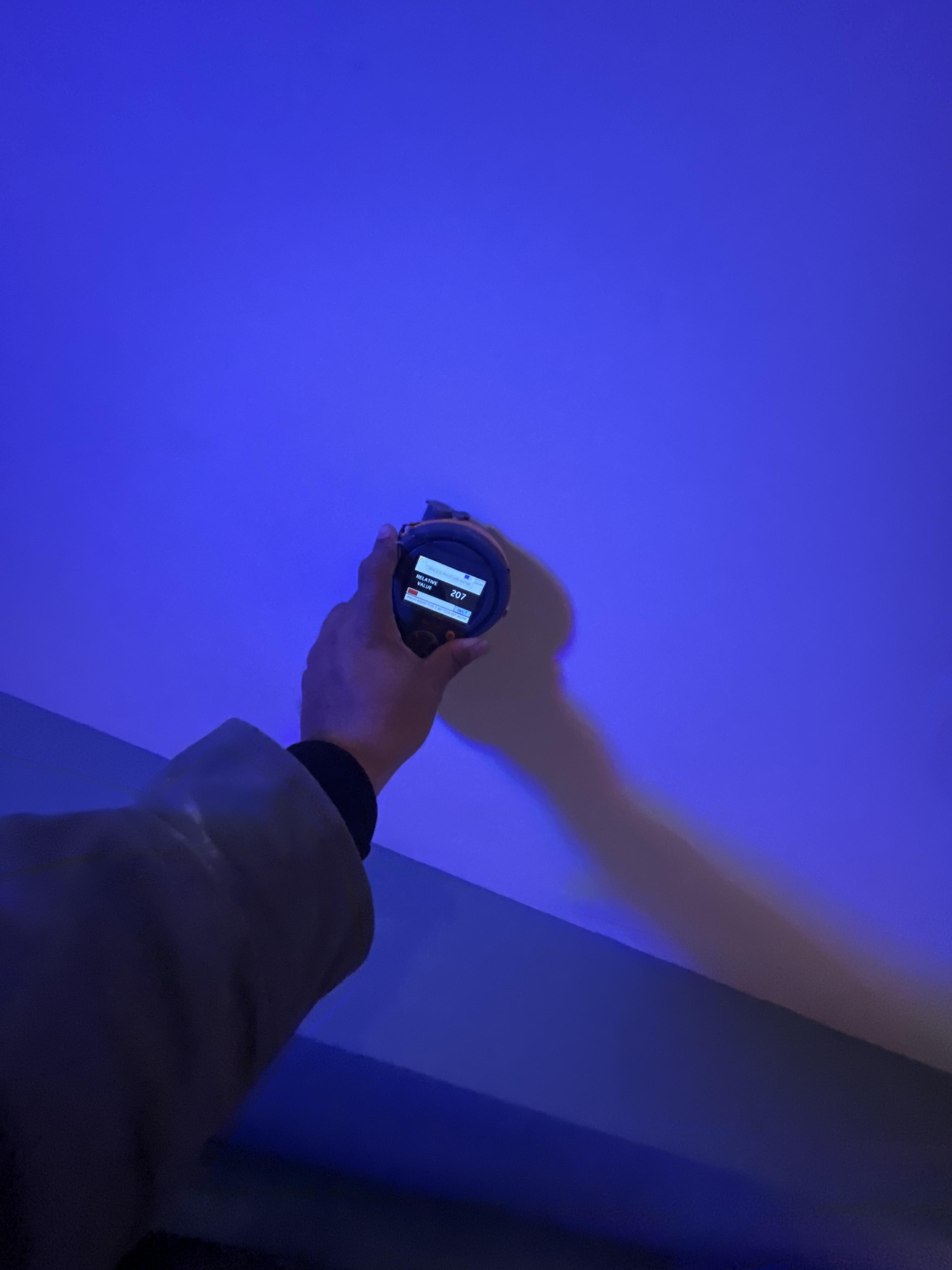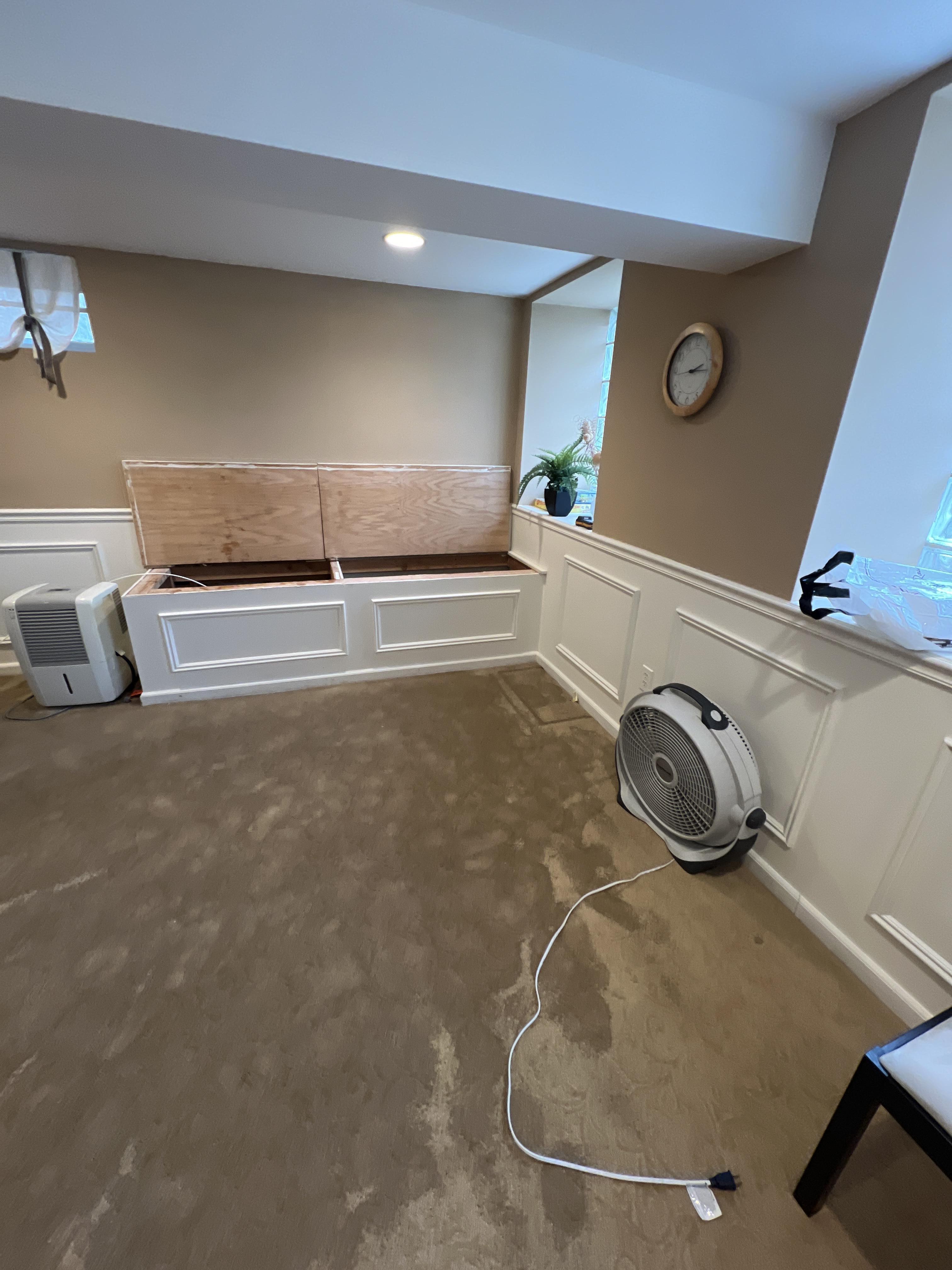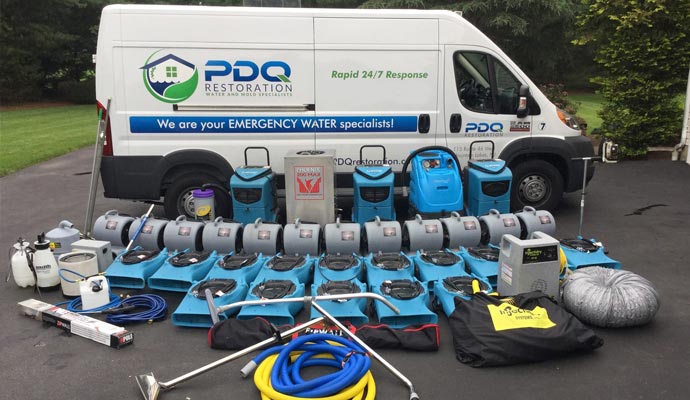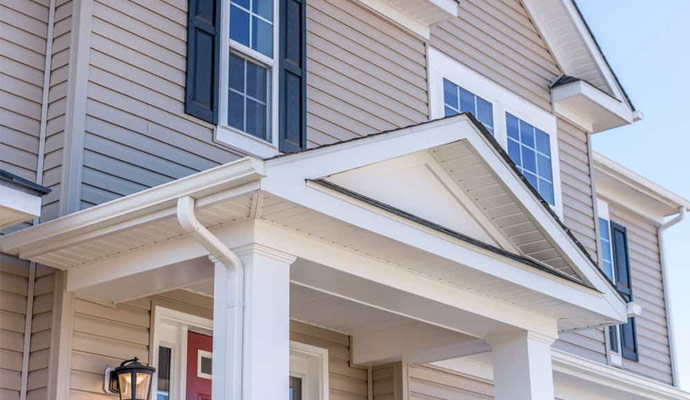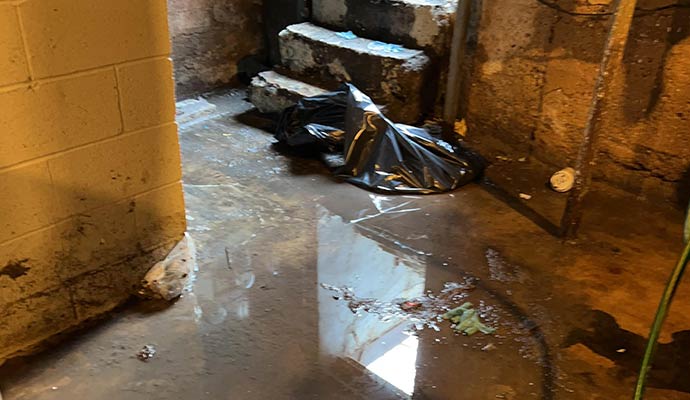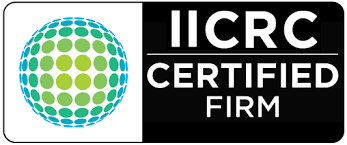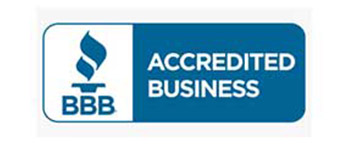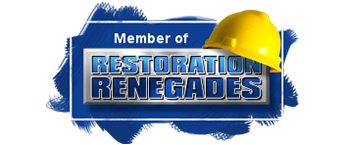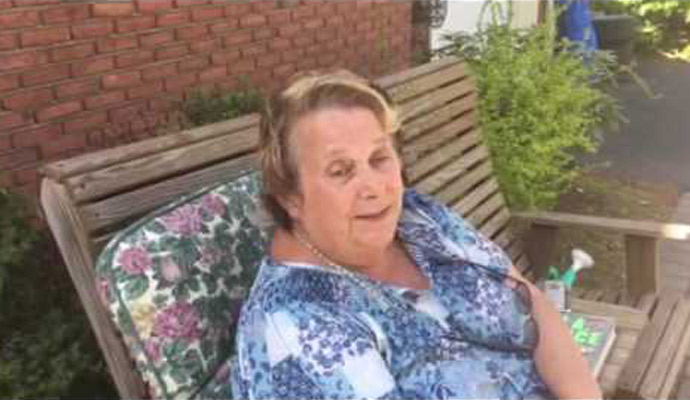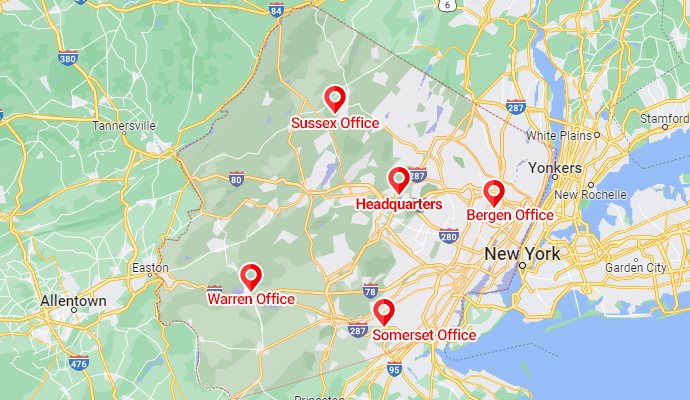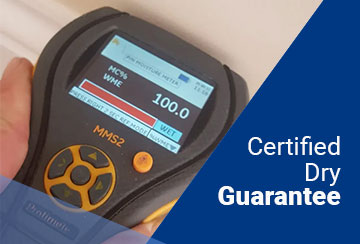
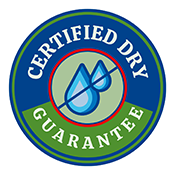
PDQ's Certified Dry Guarantee
- PDQ will stay on the job until we have reached your property's dry standard.
- We will provide you with "Dry logs" to validate that we have done what we were hired to do.
- We will not leave or remove drying equipment until we can show that dry standards have been met.
- We will not leave bound water in floors or sill plates.
- We will not leave if moisture content is at a level that would support mold growth.
- This Guarantee applies on work completed after the cause of the loss has been repaired or resolved. We don't answer to insurance adjusters or claims handlers. We only answer to our customers.
What Is The Standard Of Care?
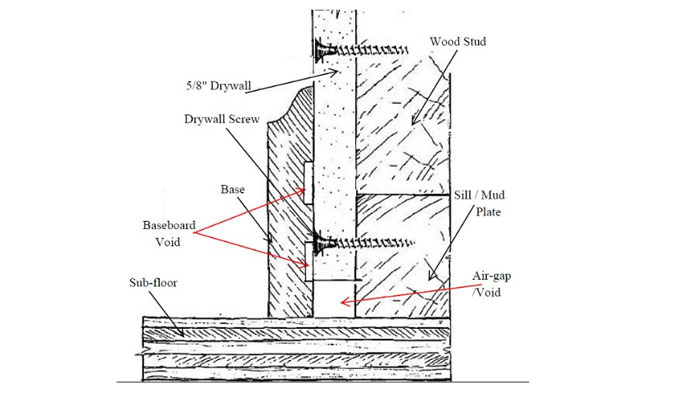
The Institute of Inspection Cleaning and Restoration Certification (llCRC) is the leading source for creating the standard of care for how restoration work is to be performed.It is recognized by all insurance carriers. The 5500 specifically is the standard for water damage and the 5520 is for mold remediation.
What is your dry standard for your property?
The llCRC-S500 says that an acceptable dry standard is within 10% of what other, similar materials in the property were, pre-loss. It also says that you cannot leave the equilibrium moisture content (EMC) at a level that would support microbial growth.
What is "bound water" and what needs to be done?
llCRC states that building materials should be removed if there is any bound water (trapped water) so that drying can occur in order to prevent the possibility of mold and rot.
What happens if my property is left wet?
There will be an excellent chance you will get mold and rot. This is why we will need to stay as long as it takes to reach your dry standard.
How will having elevated moisture levels affect my warranties?
Flooring manufacturers will not honor their warranties if installed above certain moisture content levels.
How do you know how much equipment is needed?
The llCRC/S500 states that there should be an air mover every 10-16 linear feet in an affected area plus additional air movers for each inset/offset over 18". Dehumidifiers are calculated by the cubic feet of air in the affected area coupled with the class of the loss. Air scrubbers are required on all losses not just during demo but also during the drying process to capture any particulate matter to help keep your property safe.

